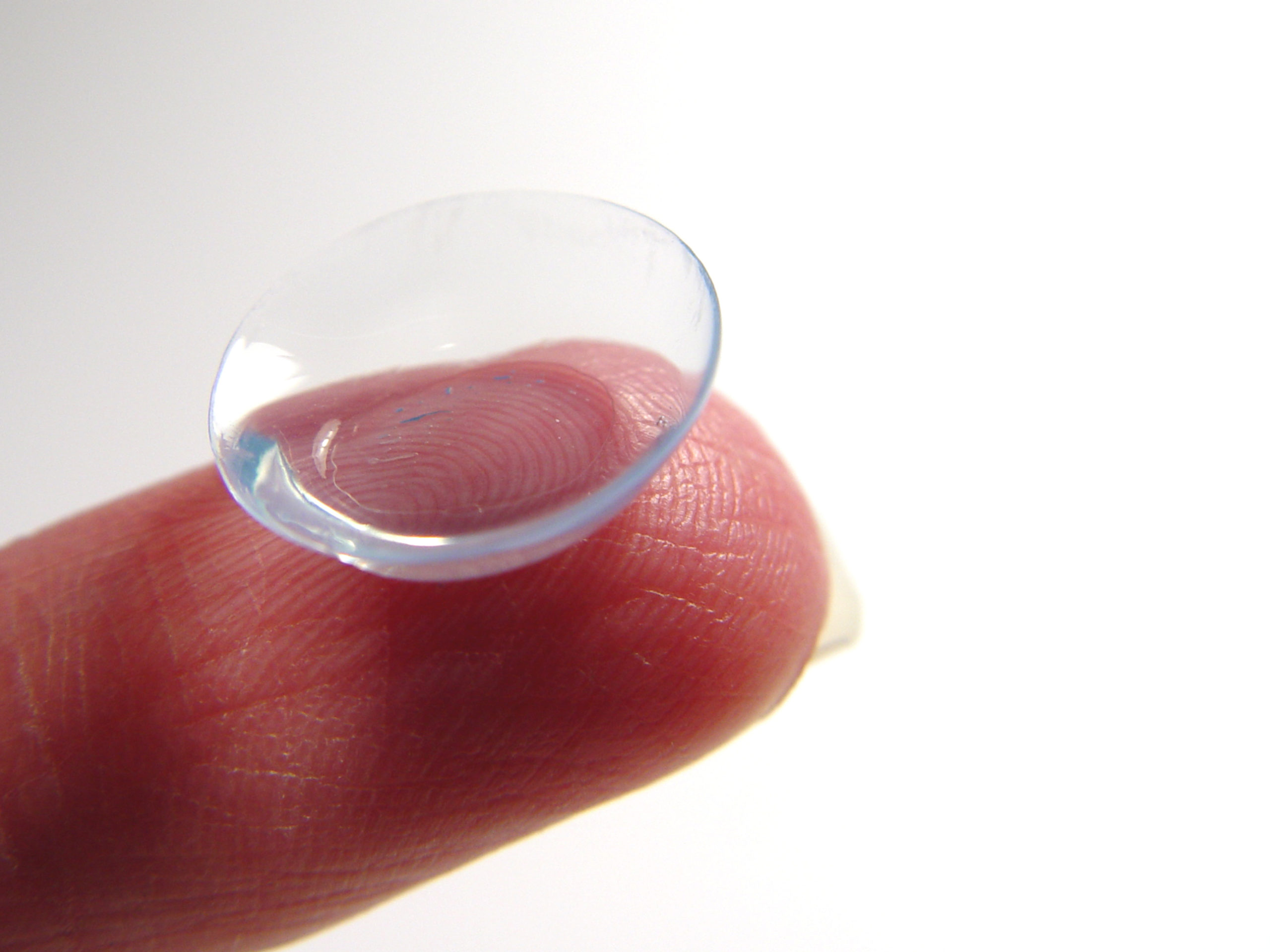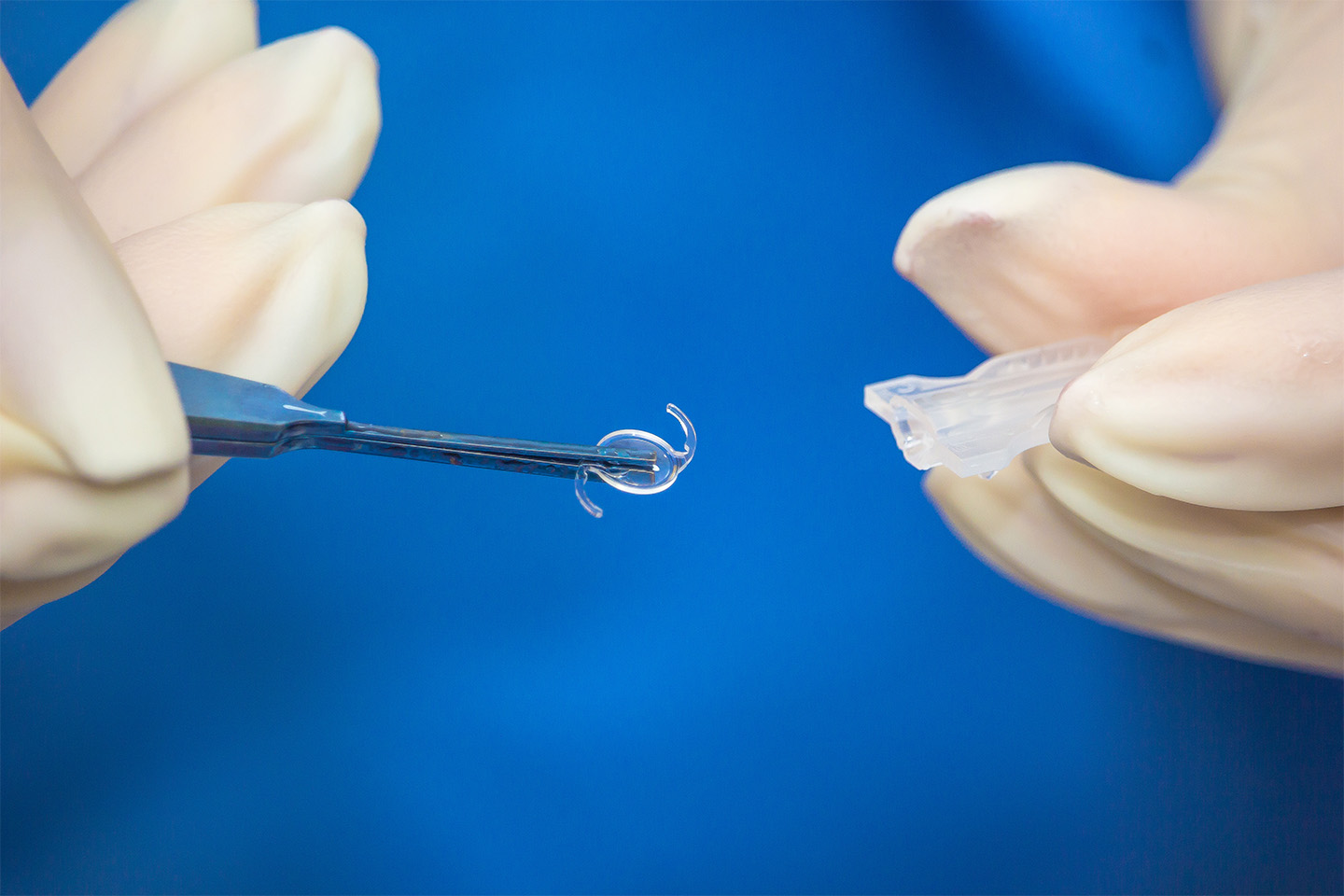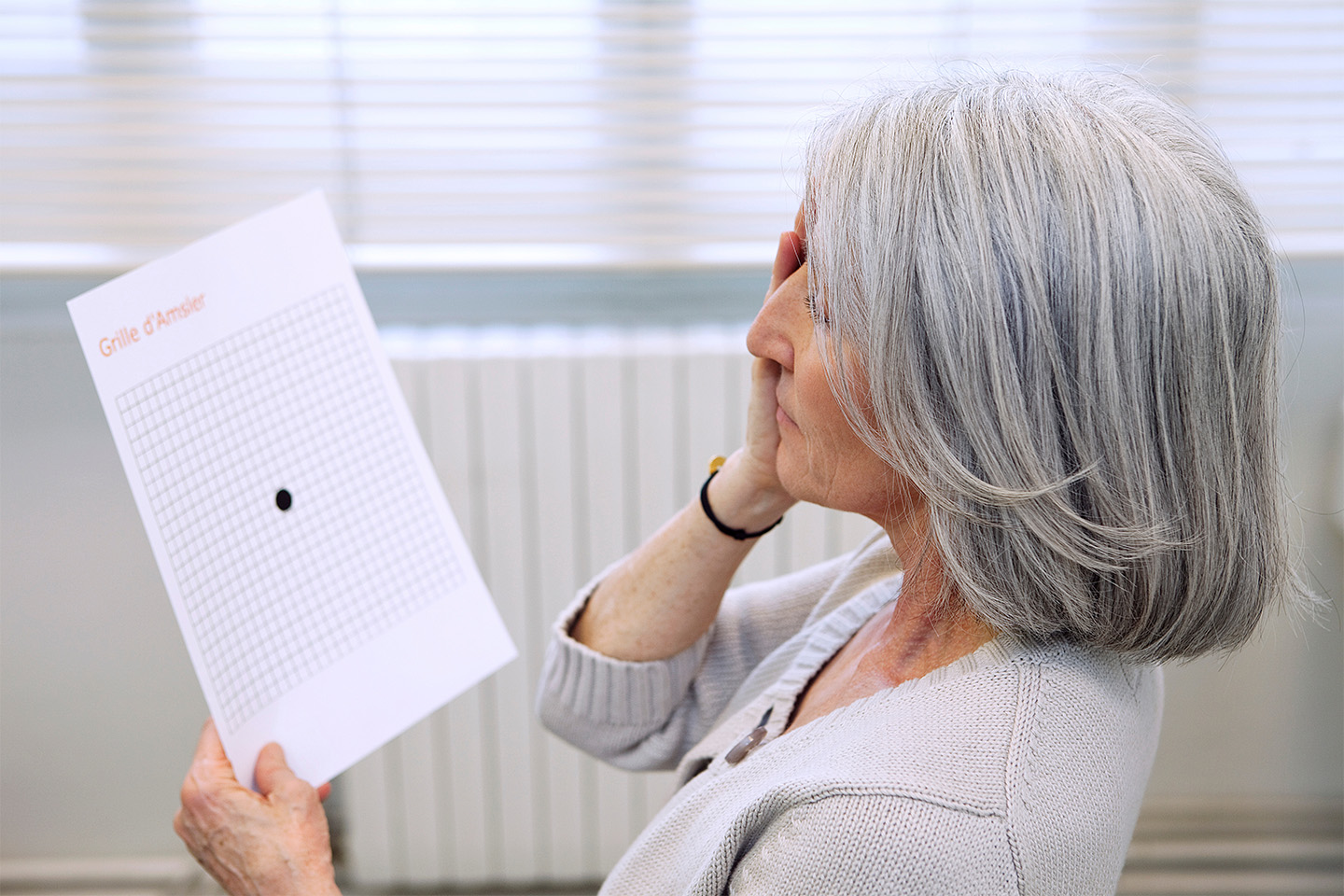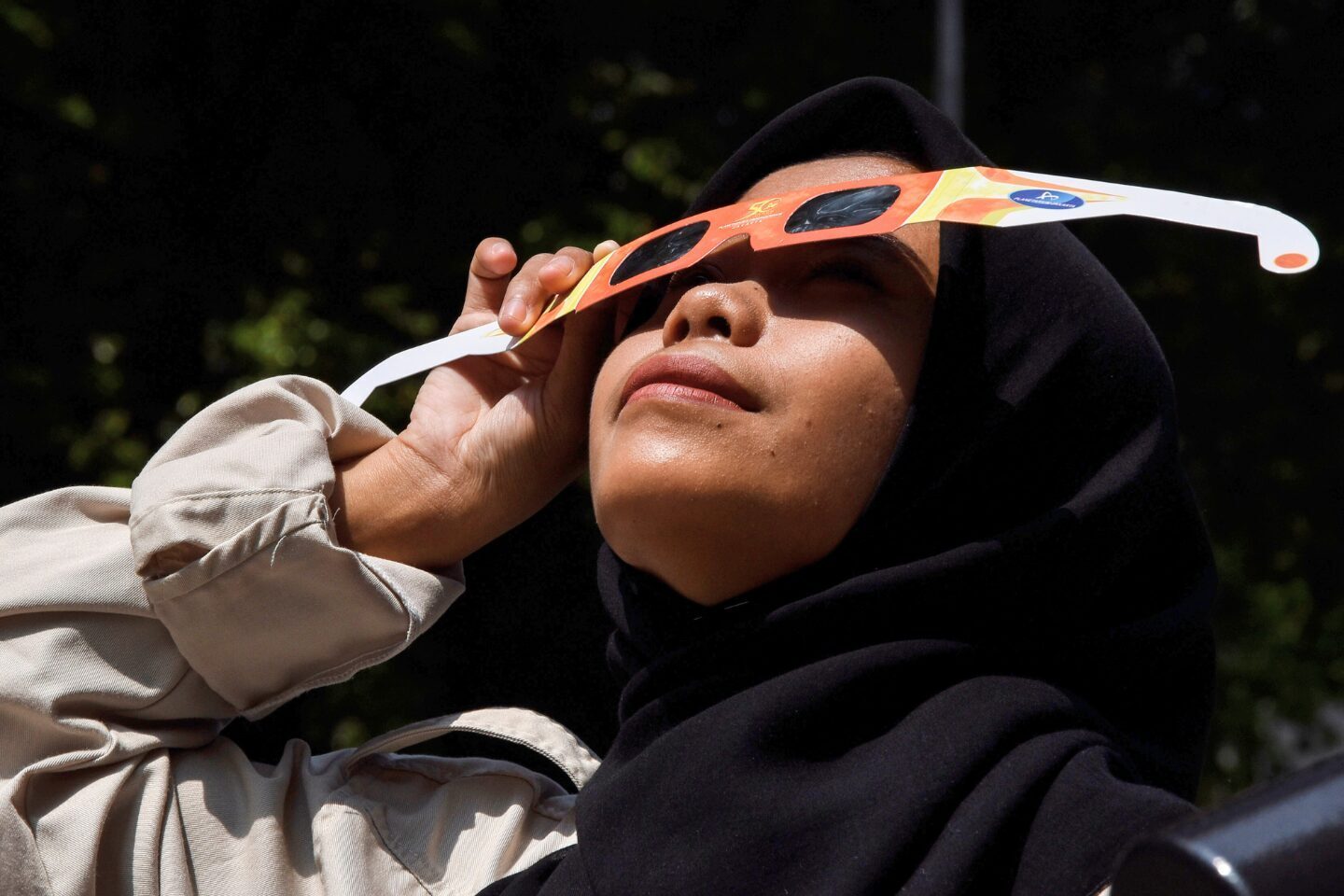Yes, You Can Wear Contacts with Diabetes

People with diabetes can enjoy all the convenience and benefits of contact lenses, but they may need to take extra precautions.
Contact lenses are a more appealing option than glasses to many for their convenience and ease of use. But for years, eye doctors have told people with diabetes that they couldn’t wear contacts, sentencing them to a lifetime of lugging around those annoying old frames.
Fortunately, times have changed, and better understanding and monitoring of diabetes, as well as improvements in contact lens technology, mean that most people with diabetes can safely wear contact lenses — as long as they’re careful since diabetes increases the risk associated with several eye problems.
Corneal Erosions
One of the primary problems facing people with diabetes interested in contacts is corneal erosions. The cornea, or the front part of the eye, is responsible for receiving and focusing images. An eroded cornea is more likely to be damaged by contact lenses, so people with a high HbA1C typically should not use contacts.
This is increasingly complicated by the fact that people with diabetes take longer to heal from injuries, like cuts or abrasions to the surface of the cornea. An HbA1C of 10 usually rules out contact lenses, whereas a more modestly elevated level of 7 or 8 can still allow the patient to wear contacts, as long as they proceed with caution. Your eye doctor will measure your HbA1C and examine your cornea for abrasions before determining whether or not contact lenses are right for you.
For people with diabetes who are at increased risk of corneal damage, daily disposable lenses are often the safest option. These lenses should not be re-used or worn overnight and must be cleaned daily with the correct solution, as particles in the lenses that may cut the eye present a higher risk to patients with diabetes. Wearing glasses as often as possible can also help reduce the likelihood of corneal injury.
Dry Eyes
In addition to monitoring blood sugar levels, people with diabetes who decide to wear contact lenses should be on the lookout for warning signs of corneal damage such as blurriness, floaters, dimness and dry eyes. Dry eyes are a particularly common problem for people with diabetes. Sometimes dry eyes present as a burning, itching or gritty feeling, or with the sensation that there’s a foreign object in the eye. Dry eyes increase the probability of corneal abrasions, so it’s important to blink regularly when using a computer screen, wear sunglasses when outside and, if possible, use a humidifier at home and work.
Diabetic Retinopathy
Diabetic retinopathy occurs when high blood sugar causes tiny leaks in the blood vessels in the retina, the sensitive lining in the back of the eye. Those leaks can cause vision to blur and can result in blindness in severe cases. If you’re suffering from diabetic retinopathy, unfortunately, contact lenses can’t alleviate the problem. However, contacts still are not strictly a “no.”
In a study of 254 patients with diabetes and 254 without, the group with diabetes only had a 1.8% increased risk of complications with soft daily contact lenses. Contact lenses may be a better fit for you than you ever realized, but even if contact lenses aren’t right for you, your eye doctor can talk to you about your other options. Talk to a certified eye professional at the Kleiman Evangelista Eye Centers of Texas to learn more about the vision solutions that are right for you.
Turn To The Top Eye Doctors In Texas
Check out one of our locations below for the best eye care near you:









